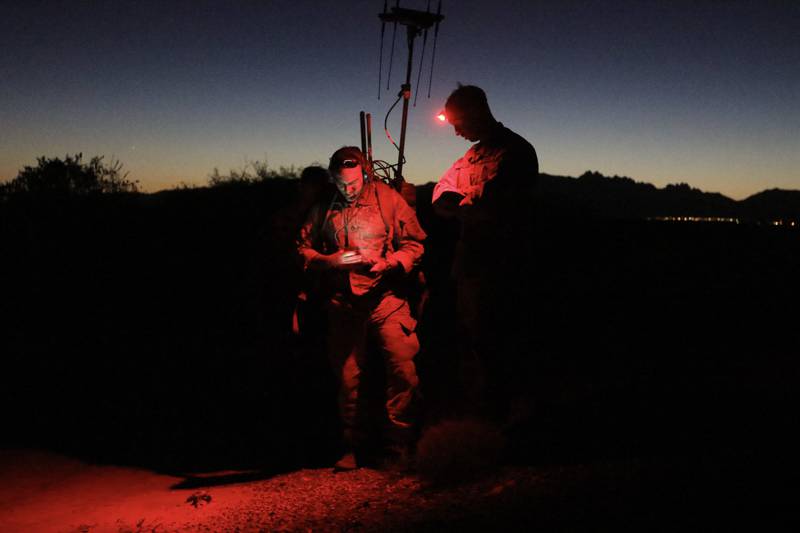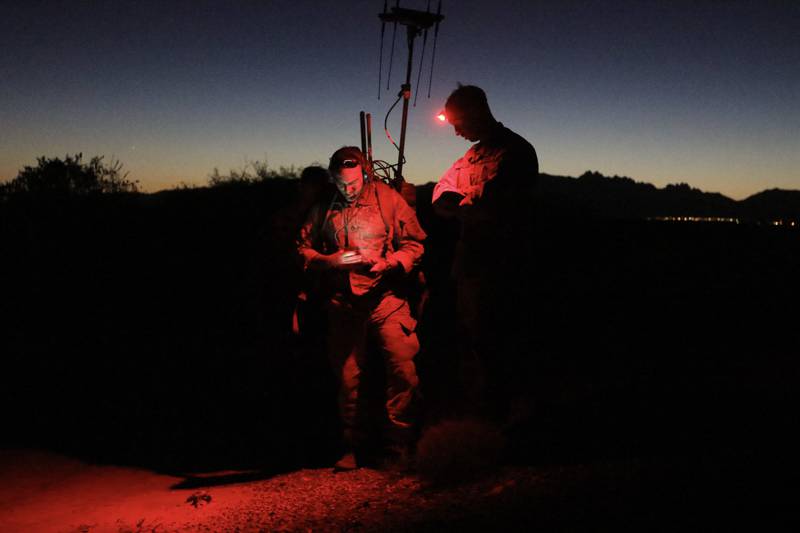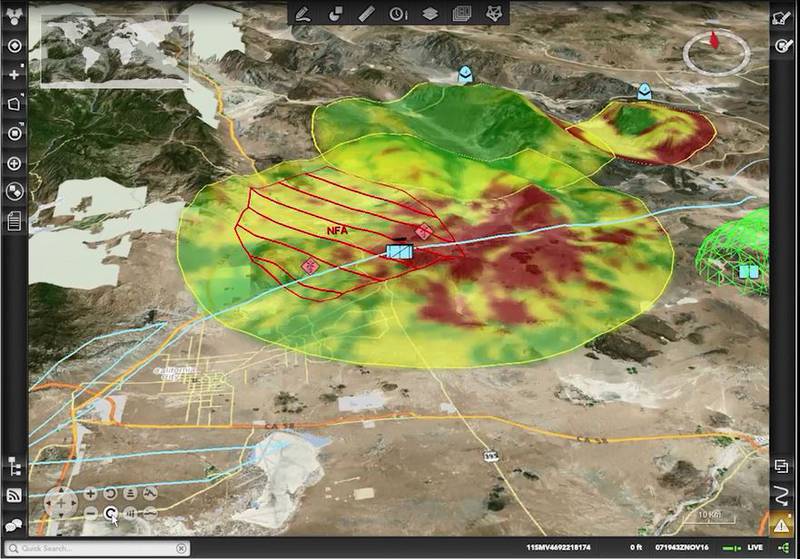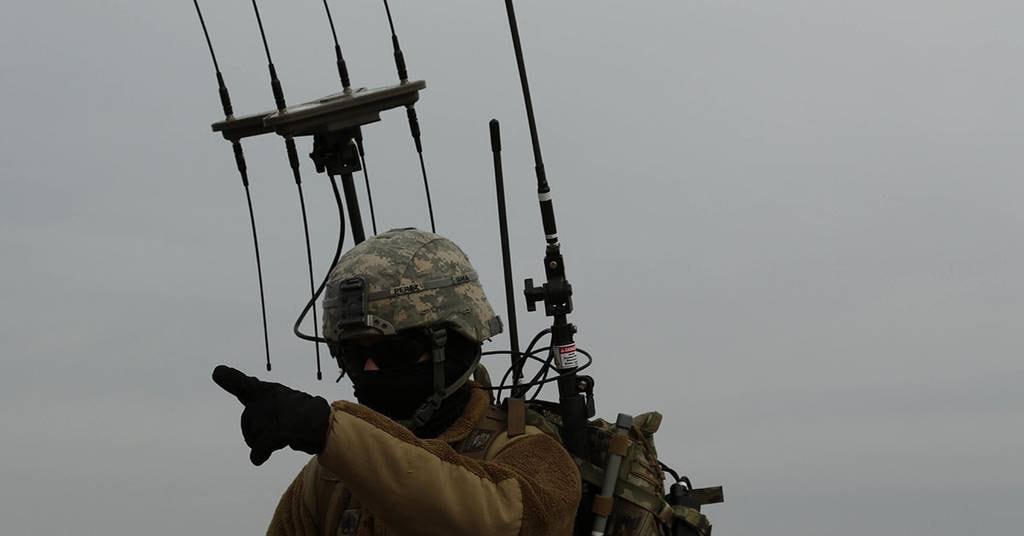Defense Department leaders are considering the Army’s Electronic Warfare Planning and Management Tool as a primary option for the joint force to coordinate actions in the electromagnetic spectrum, an Army official said June 10.
The tool, known as EWPMT, is a software suite that allows commanders and operators to visualize and plan operations within the electromagnetic spectrum. The department has been looking for a battle management tool as leaders expect electronic warfare to play an bigger role in future conflicts.
“Right now, it’s still a primary candidate for [electromagnetic spectrum battle management] EMBM … it does cover a number of the requirements that the EMBM capability is looking for,” Col. Kevin Finch, program manager for electronic warfare and cyber within Program Executive Office Intelligence, Electronic Warfare and Sensors, said during a remote presentation at Aberdeen Proving Ground June 10.
EMBM involves visualizing and coordinating within the electromagnetic spectrum.
Defense leaders have said that as forces rebuild the electronic warfare capability that was divested following the Cold War, some of the most critical tools are those that can plan, visualize what adversaries are doing, plan and manage friendly signatures. Competitors, such as Russia, have demonstrated they are capable of geolocating units based solely on their electromagnetic footprint, revealing their location, and then, targeting those units with munitions.
RELATED

But for the U.S. military, battle management has caused problems in recent years, including during operations in Syria.
“How do we connect all this into a common operating picture,” Chris O’Donnell, deputy assistant secretary of defense for platform and weapon portfolio management within the office of the undersecretary of defense for Acquisition and Sustainment, said last year. “How do we provide that just for what’s going on in the EM spectrum in Syria right now and it’s been quite a challenge for us.”
RELATED

O’Donnell said EWPMT, while not deployed to Syria, was a “notional idea as a template,” adding that the Army did a good job and staff members are “leaning on that right now.”
In the past, officials have told C4ISRNET that no other service had a similar system as mature as the Army’s system.
Some combatant commands have also created special sections, called joint electromagnetic spectrum operations cells, aimed at helping their organizations better understand this terrain. They play into a broader DoD push for better mechanisms for understanding, championing and operating in the electromagnetic spectrum.
RELATED

Finch noted that EWPMT’s increment 2 will specifically focus on battle management.
“As we move forward, just remember we’re going to continue to have more sensors that are on the battlefield that we need to continue to be able to do the planning and management of and simulation of and then also to be able to integrate with our joint forces,” Finch said.
Thus far, the first increment of EWPMT, developed by Raytheon, has included four capability drops, which are incremental software installments that successively add more capability. The Army and Raytheon are working on capability drop 4, which allows for more visualization of the environment and of potential effects up to division and corps.
RELATED

In addition to these additive capabilities, capability drop 4 begins to integrate with the Army’s Command Post Computing Environment. CPCE aims to consolidate disparate command post tools and to help Army leaders react faster than the enemy. It is a web-enabled system that will consolidate current mission systems and programs into a single user interface within the brigade tactical operations center.
Mark Pomerleau is a reporter for C4ISRNET, covering information warfare and cyberspace.








